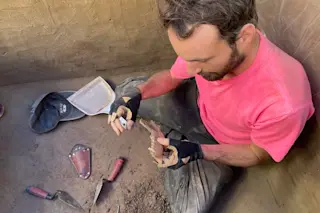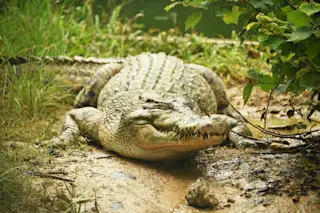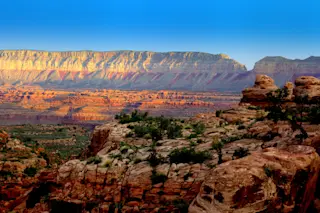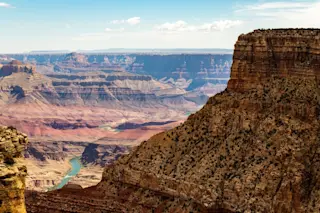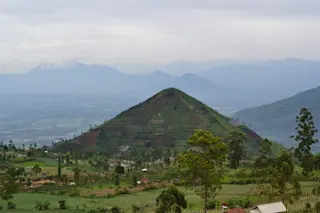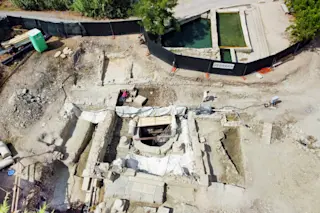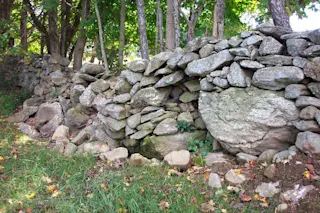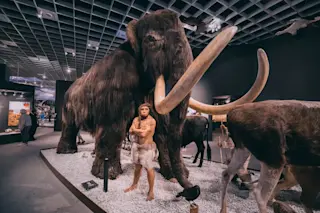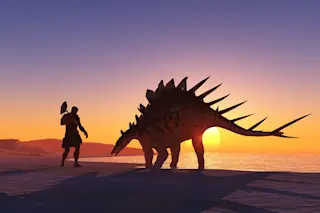I'm in an archaeological state of mind. This week I will be traveling and working on some new assignments. So blogging will be light--and probably archaeologically related. On that note, I recently came across this neat story that talks about the use of computer modeling in archaeology, and the similar aims and challenges it shares with climate modeling:
Archaeologists can treat the past as a proving ground for calibrating their models. This allows them to refine a model and improve its accuracy before it is applied to contemporary situations by soil and agricultural scientists. "If we can predict the past really well, then that gives us a good chance of predicting the future," said Barton. This is similar to the way climate modelers calibrate their models with ancient climate data gathered from sources like tree rings, pollen and ice cores. Reenacting the past and comparing the outcome to what actually ...


